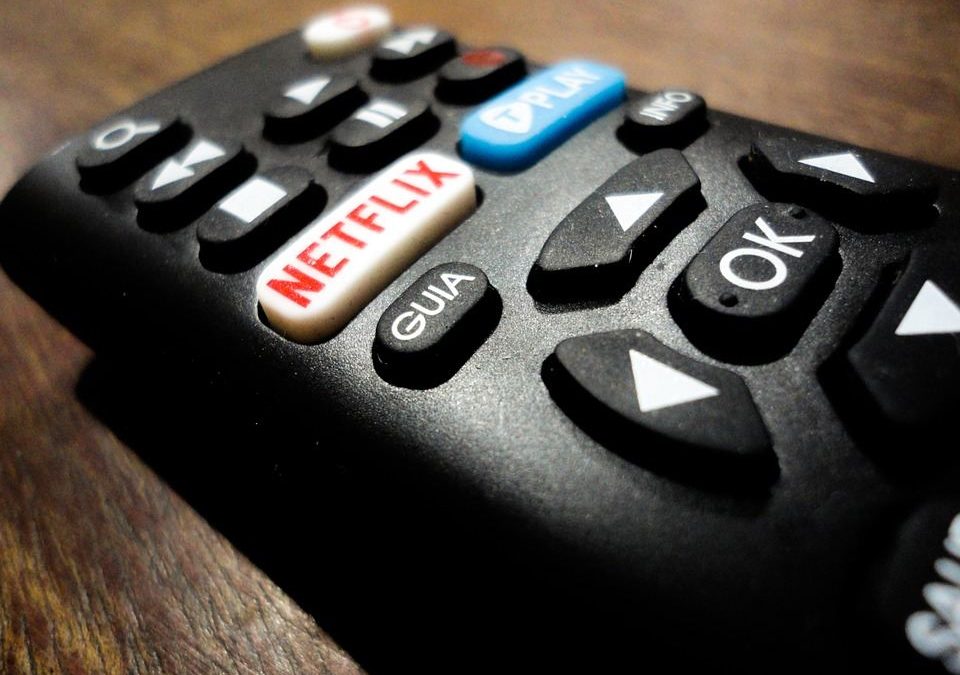How did Netflix become the world’s biggest online TV network? Nicola Shepheard speaks with business graduate Paul Rataul and University of Auckland management and international business lecturers Dr. Dan Tisch and Dr. Peter Zamborsky about the success of Netflix.
How did Netflix go from a tiny, obscure DVD rental start-up in the late 1990s to the world’s biggest internet TV network?
Management experts at the University’s Business School have identified some of the secrets of its success, and predict its rise will continue, eventually erasing most of its smaller competitors in New Zealand and abroad.
Recent Business School graduate Paul Rataul had wanted to find a model for “disrupting” academic publishing, and turned to Netflix.
“How did Netflix outmanoeuvre the titan that was Blockbuster Video? It was a real case of David versus Goliath,” he says.
He teamed up with lecturer Dr Dan Tisch and senior lecturer Dr Peter Zámborský, both in the department of Management and International Business. They analysed company and media reports, applying insights developed by New Zealand-born strategy theorist, David Teece, and have now published their conclusions in SAGE Business Cases.
The key features of the Netflix business model were a trusting and experimental culture; capturing the value of other people’s creativity (movies and TV shows)and the value of customer data (subscribers’ viewing habits), which helped generate not only personalised recommendations, but also hit Netflix Originals series and films.
“What Netflix did was to do little experiments, little bets, with certain demographics and once they saw what happened they’d scale it up,” says Paul, who now runs millennial career coaching firm, Millennial Mindset.
“It’s hard to over-estimate the significance of how Netflix has leveraged customer data”, says Peter Zámborský. “The world’s most valuable resource is no longer oil, its customer data.”
He points to a Gallup finding that companies that leverage customer behaviour outperform peers by 85 percent in sales growth and 25 percent in gross margins.
Theorist David Teece has written extensively about why some firms are better at renewing their skills and developing new ones. These boil down to sensing and seizing opportunities, and reconfiguring capabilities.
“That’s what Netflix has done as it reinvented itself again and again, from online DVD rental, to internet TV service, to TV and film concept developer, producer and distributor in one,” says Peter.
It was also a case of being in the right place at the right time, as video streaming speed and reliability increased and viewing devices became cheaper and ubiquitous.
Not all bets paid off. Netflix’s decision to rebrand its separate DVD delivery business as Qwikster in 2011, shifting its focus to streamingonly plans, met with a customer backlash.
And Netflix now faces serious competition from Amazon Prime, Hulu (now backed by Disney), HBO Now, and emerging players such as Malaysian firm iFlix.
“Netflix now has more original content than HBO, the former content king, although I don’t think that will necessarily remain the capability that Netflix can always do better than anybody else,” says Paul.
“Could others emulate that unique package of customer data, the relationships Netflix has formed with movie studios and TV networks and the stars, and its creative, decentralised culture, which gives a lot of creative freedom to the actors and directors? In theory yes, but it’s not easy to change your culture and others will find it difficult to replicate it,” he says.
Dan Tisch predicts the small players in New Zealand – Neon, Lightbox – are not going to make it. “You need a Disney to take on Netflix. Competitive offerings like Sky TV and Lightbox will go slowly, milking existing rights as long as possible.” By January 2016, Netflix was in more than 130 other countries, and it now has 60 million internationally and 55 in the US.
The Business School team predict the industry will become an oligopoly that includes Netflix, as David truly becomes Goliath.
This article was originally published in the April edition of UniNEWS and was republished with permission.
Disclaimer: The ideas expressed in this article reflect the author’s views and not necessarily the views of The Big Q.

